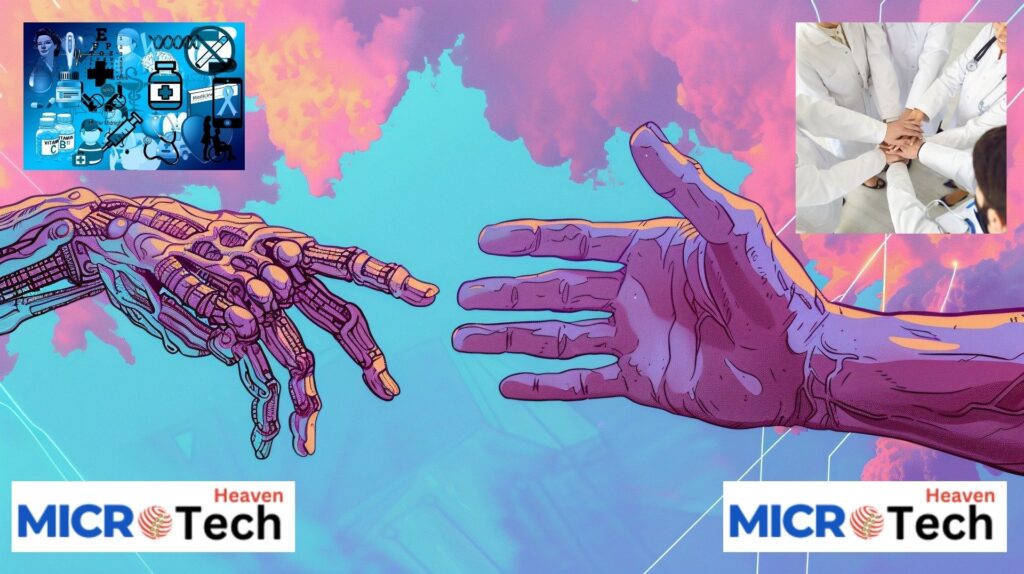Index
- Introduction
- What Are Remote Rehabilitation Technologies?
- Importance of Remote Rehabilitation in Healthcare
- How Remote Rehabilitation Technologies Work
- Types of Remote Rehabilitation Technologies
- Teletherapy Platforms
- Wearable Devices
- Virtual Reality (VR) Solutions
- Mobile Health Apps
- Benefits of Remote Rehabilitation Technologies
- Challenges and Concerns
- Future of Remote Rehabilitation Technologies
- Conclusion
- FAQs
Introduction
In today’s fast-paced world, recovering from an injury or surgery shouldn’t mean frequent trips to a clinic or hospital. Remote rehabilitation technologies are making this possible by offering patients effective recovery tools right at home. These digital innovations are not only convenient but are also transforming how we approach physical therapy and recovery.
Imagine a scenario: John, a 45-year-old engineer, recently underwent knee surgery. Traveling to a rehab center every week was both time-consuming and exhausting. Thanks to remote rehabilitation technologies, he could follow a tailored recovery plan from the comfort of his living room, with his progress monitored by his therapist in real-time.
In this article, we’ll dive into what these technologies are, how they work, and why they are becoming an integral part of modern healthcare.
What Are Remote Rehabilitation Technologies?
Remote rehabilitation technologies are digital tools that enable patients to receive therapy and recovery guidance from home. These include:
- Video conferencing platforms for live therapy sessions.
- Wearable devices that track progress.
- Mobile health apps that guide patients through exercises.
- Virtual reality solutions for immersive rehabilitation experiences.
These tools empower healthcare providers to monitor progress, adjust treatment plans, and ensure patients stay on track.
For instance, platforms like Doxy.me provide secure video conferencing specifically for healthcare, while devices like Fitbit allow patients to track activity levels and share data with their therapists.
Importance of Remote Rehabilitation in Healthcare
The significance of remote rehabilitation technologies in healthcare cannot be overstated. Let’s explore some key benefits:
- Accessibility: These technologies bridge the gap for patients in remote areas or those with mobility issues.
- Convenience: No need for time-consuming commutes; therapy happens right at home.
- Continuity of Care: Therapists can regularly monitor progress and tweak plans.
- Cost-Effectiveness: Reduces the financial burden on both patients and healthcare systems.
Take Maria, a working mom recovering from a shoulder injury. She struggled to balance therapy sessions with her job. With teletherapy platforms, Maria could attend sessions during her lunch breaks, saving time and energy.
How Remote Rehabilitation Technologies Work
Here’s a step-by-step guide on how these technologies operate:
- Initial Assessment: The therapist assesses the patient’s condition and designs a personalized plan.
- Technology Setup: Patients are equipped with the necessary tools, like apps or wearable devices.
- Therapy Sessions: Regular video calls or app-guided exercises help patients follow their recovery plan.
- Monitoring: Therapists use data from wearable devices or feedback from sessions to track progress.
- Adjustments: Plans are refined based on real-time insights, ensuring optimal recovery.
For example, using a device like the Apple Watch, a therapist can monitor heart rate and activity levels during exercises to ensure safety and effectiveness.

Types of Remote Rehabilitation Technologies
Teletherapy Platforms
Teletherapy platforms connect patients and therapists through video calls. These platforms provide:
- Secure communication.
- Real-time guidance.
- Interactive sessions.
Examples include Doxy.me and Zoom for Healthcare.
Wearable Devices
Wearable devices track physical activity, heart rate, and movement patterns. They offer:
- Real-time feedback.
- Data sharing with therapists.
Popular options include Fitbit and Garmin.
Virtual Reality (VR) Solutions
Virtual reality solutions immerse patients in engaging environments to perform therapy exercises. They’re especially effective for cognitive and physical rehabilitation.
An example is XRHealth, which offers VR platforms for therapy.
Mobile Health Apps
Mobile apps provide:
- Guided exercise routines.
- Progress tracking.
- Educational resources.
Apps like MyRehab make recovery accessible and interactive.
Benefits of Remote Rehabilitation Technologies
Remote rehabilitation technologies offer numerous advantages:
- Enhanced Engagement: Interactive tools keep patients motivated.
- Personalized Care: Tailored plans meet individual needs.
- Improved Outcomes: Studies show faster recovery rates.
- Greater Flexibility: Patients can integrate therapy into their daily lives.
For instance, Sarah, recovering from a hip replacement, used a mobile app to follow daily exercises. The app’s reminders kept her consistent, leading to a quicker recovery.
Challenges and Concerns
Despite their benefits, these technologies face challenges:
- Technology Barriers: Not all patients have access to or are comfortable with technology.
- Data Privacy: Protecting patient information is critical.
- Limited Hands-On Guidance: Some techniques require physical therapist involvement.
- Insurance Coverage: Not all plans cover remote rehabilitation services.
Future of Remote Rehabilitation Technologies
The future is bright for remote rehabilitation technologies:
- Increased Adoption: More providers will integrate these tools.
- AI Integration: Artificial intelligence will enable better data analysis and personalization.
- Broader Applications: Innovations will expand to new medical fields.
Conclusion
Remote rehabilitation technologies are reshaping the recovery journey, offering convenience, accessibility, and improved outcomes. As these tools evolve, they promise to make healthcare more inclusive and effective. Embracing these innovations can lead to better health for everyone.
FAQs
What are remote rehabilitation technologies?
These are digital tools like teletherapy platforms, wearable devices, and mobile apps that enable at-home rehabilitation.
How do these technologies benefit patients?
They enhance accessibility, convenience, and personalization, leading to better recovery outcomes.
What challenges do these technologies face?
Challenges include technology barriers, data privacy concerns, and limited hands-on guidance.
What is the future of remote rehabilitation technologies?
The future includes wider adoption, AI integration, and applications in new medical fields.


